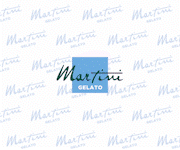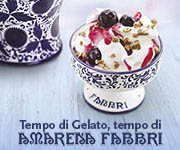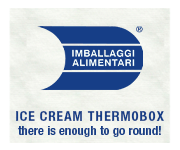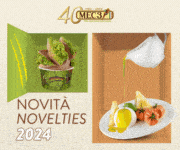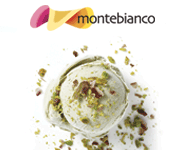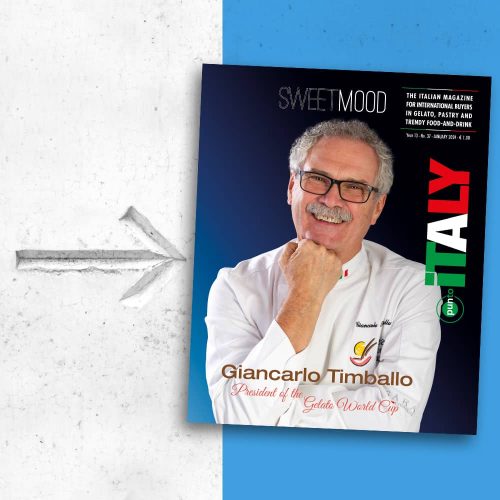Tiramisù, the most loved
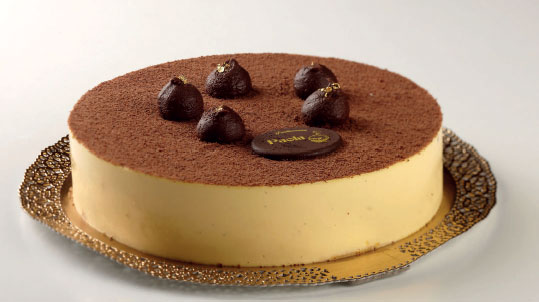
Tiramisù is the best expression of Italian desserts.
It is the fifth culinary Italian word recognized abroad, and the first one regarding sweets. It is a sweet that even has its own international day, celebrated on March 21st. The most authoritative Italian language dictionary, Zingarelli, describes it as “a dessert made with sponge cake soaked with coffee, filled with mascarpone blended with eggs, sugar and whipped cream, all of which is covered by thin layer of cocoa powder and served cold.” But who invented it? The dispute is ancient, but the battle became relevant again in 2017 when the Friuli Venezia Giulia region of Italy requested that the dessert be added to the traditional food products list and be recognized by the Agricultural Ministry as a tradition of the Friulano territory.
This request raised heated objections from the neighbouring Veneto region.
From legend to reality
In order to proclaim the birthplace of tiramisù, we must first recount a battle to the last strike… of a spoon!
While everyone can agree that this dessert originates in Northern Italy, no one is able to affirm with certainty which is the region that witnessed its birth. Up until a few years ago, the birthplace was disputed among two regions: Veneto and Friuli Venezia Giulia. Today, however, the Piedmont region is also suggested as a contender in the battle. According to this declaration, it is said that the dessert was created to “tirare su,” that is, as a “pick me up,” for Cavour, desperate with the challenging feat of unifying Italy. However, if we side with the Veneto region, the word tiramisù comes from the Treviso dialect “tireme su”. Legend has it that the dessert was served in Treviso during the second half of the 1800s by a mistress in a brothel. It was considered an aphrodisiac: a natural Viagra used to reinvigorate clients. The recipe would have been developed by a local inn which would then become a restaurant, “Alle Beccherie.” The legend morphs in 1970 when the mascarpone-loving pastry chef Loli Linguanotto, was preparing a vanilla gelato. He accidently spilt the mascarpone into the bowl where he was mixing eggs and sugar. He tried to fix the error, but he then licked the spoon dunked in his mistake, and he remained enraptured. And that is how the “tiramesù” was born! It was complete randomness, or possibly a stroke of genius while fixing an error.
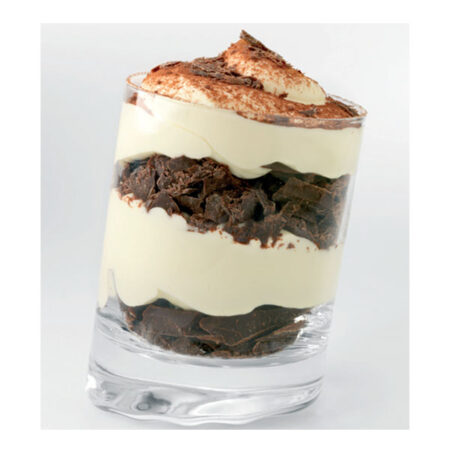
Treviso is absolutely convinced to have created tiramisù, so much so that it dedicated a museum to the dessert in 2018, where testimonies, anecdotes and recipes are gathered. However, Friuli’s claim also exists. Clara and Gigi Padovani, in the book Tiramisù, claim that the first recipes of the dessert date back to the “tirime su” of chef Mario Cosolo of the “Al Vetturino” restaurant in Pieris di San Canzian d’Isonzo, in the province of Gorizia: a dessert made with cream and not with mascarpone.
Following these initial experiments dating 1950, there are the reinterpretations of the chef Norma Pielli from Tolmezzo at the “Albergo Roma” restaurant. The dessert would then reinterpret the “Artusi Torino” recipe, substituting butter with mascarpone, liquor with coffee and chocolate with cocoa powder. In fact, to highlight the differences, it was called “Trancia di mascarpone,” up until it was renamed “tiramisù” by some hotel tourists.
The essential ingredients
The ingredients of tiramisù are eggs, sugar, ladyfingers, mascarpone, coffee, cocoa powder, and, for some, Marsala wine. There is no official recipe. Each pastry chef proposes his/her recipe. There is no shortage of gourmet reinterpretations that are more or less original. Modern attention is given to presentation, making way for various forms: as a cake, a single-serving, mignon, served in a glass, in a shot glass, on a baking pan, in a casserole dish, in a jar, in aspic, with chocolate decorations or with fruit.
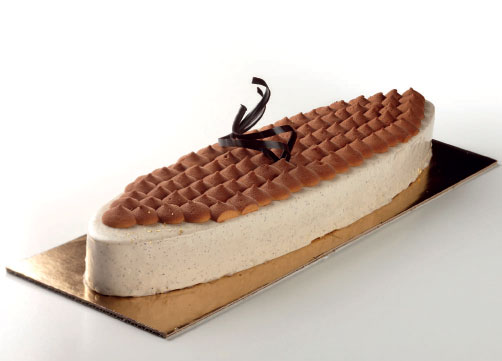
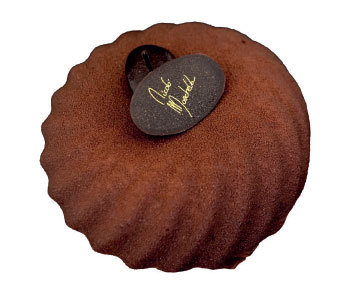
A dessert with multiple identities
Tiramisù is a dessert with various souls. It recalls the Bavarian crème, the French charlotte, the “zuppa inglese” (originating in the 1700s between Ferrara and Reggio Emilia) as well as the “Dolce Torino” from the Piedmont region, a chocolate-based dessert as described by Artusi.
It is also considered the more elegant version of “sbatudin,” a humble yet energetic dessert made by beating egg yolks with sugar. If the origins are truly from the Veneto region, it could be the evolution of a Veneto habit to enjoy zabaglione with whipped cream and simple cookies, called “baicoli”.
The secrets of a perfect recipe
A thick pan is essential. It needs to be deep enough, and it is better if made of glass so that you can verify how much sauce the cookies have soaked up. The cream must be soft so that it isn’t completely absorbed by the cookies. Then, it is necessary to pick an excellent coffee blend. The perfect number of layers of ladyfingers or sponge cake is two. If you want some crunch, you can add some cocoa nips on top of the thin layer of cocoa powder.
Mascarpone
The word “mascarpone” is derived from a Lodigiano dialect, “mascherpa,” which means cream of milk. In the past, it was only produced in the winter. Today, only a few producers actually respect this sea-sonality. It is a soft cream, and its colour ranges from white to a light yellow. It is a high-calorie food, and it tends to sour quickly. It should be eaten or used when very fresh. But how is it made? The cream used to make mascarpone is obtained by centrifuging fresh milk. The solid part is poured into linen sheets that are then placed in a refrigerator for at least twelve hours. It is then gathered into bundles and placed back in the refrigerator for an-other twelve hours. It needs to obtain the creaminess that makes it so unique.
Recent Blog Posts
 Medac and AIFA: Hip hip hooray for Charles!
Medac and AIFA: Hip hip hooray for Charles! Sigep 2024 - Carpigiani’s special events with a look at the “green” future of Gelato and pastry
Sigep 2024 - Carpigiani’s special events with a look at the “green” future of Gelato and pastry Maurizio Manzi, as Ambassador for AIG, at the Melbourne Italian Festa
Maurizio Manzi, as Ambassador for AIG, at the Melbourne Italian Festa Medac awarded with the EcoVadis gold medal
Medac awarded with the EcoVadis gold medal MIG Longarone and SIRHA Budapest: a new dynamic space for italian gelato
MIG Longarone and SIRHA Budapest: a new dynamic space for italian gelato Medac supports Alice Italian Food Academy
Medac supports Alice Italian Food Academy The Gelatissimo 2024 online ticket office is officially open.
The Gelatissimo 2024 online ticket office is officially open. Casa Optima Group looks for two exclusive agents
Casa Optima Group looks for two exclusive agents Gelatissimo 2024: here the first information
Gelatissimo 2024: here the first information Ci Gusta opens a new store into the “Il Mercato Eat&Meet” in Reggio Emilia
Ci Gusta opens a new store into the “Il Mercato Eat&Meet” in Reggio Emilia



